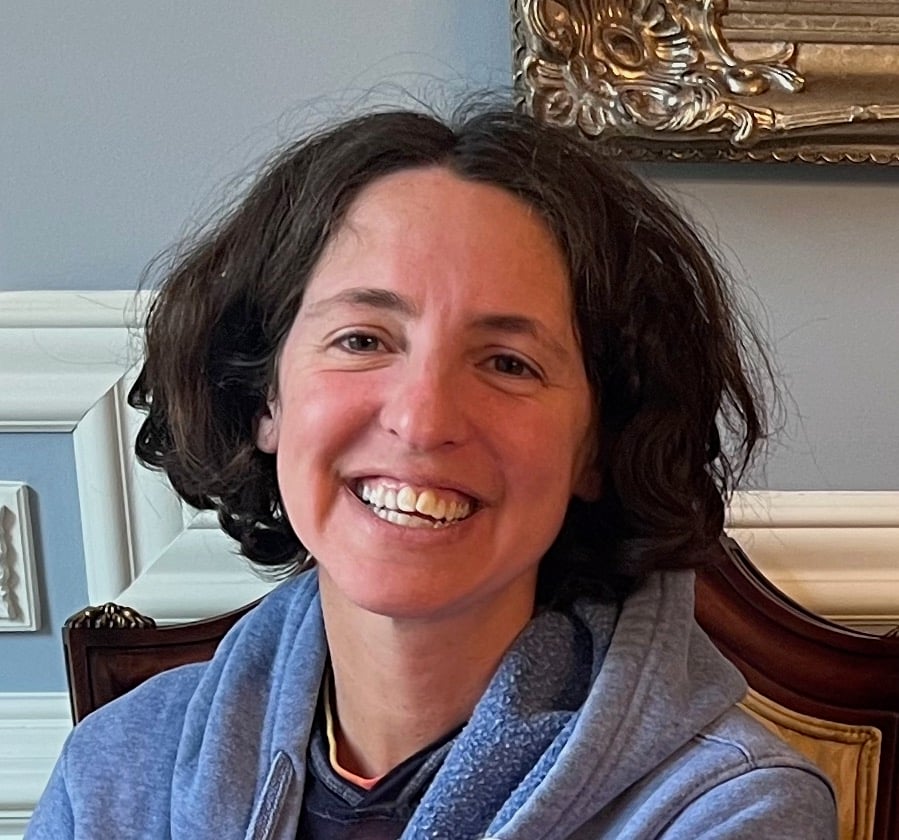Are Americans living paycheck to paycheck?
Sanders’ has long criticized the economic divide whereby the wealthy continue to prosper while working-class Americans face ongoing financial struggles.
Vice President Kalma Harris did have economic proposals aimed at supporting middle class Americans, such as introducing federal caps on food-price increases and a housing plan to “ease the serious shortage in America.”
“60% of Americans live paycheck to paycheck and we have more income and wealth inequality than ever before,” Sanders emphasized in his recent letter. According to a 2023 Forbes Advisor survey, nearly 70% of Americans report financial struggles with 40% living paycheck to paycheck and 29% unable to cover monthly expenses. Alarmingly, over 71% of those living paycheck to paycheck have savings of $2,000 or less.
With essential monthly costs like housing, health care, food, transportation and taxes averaging around $3,372 per month, it’s easy to see why savings has become out of reach for many.
Living paycheck to paycheck can stem from a combination of high living costs and low income, yet 57% of millennials report challenges in budgeting and financial planning.
By tracking income and expenses, budgeting can help prioritize essentials, control spending spending and help you set aside savings for emergencies. Consistent budgeting not only provides breathing room but also builds a foundation for future financial goals, offering a path to greater financial stability.
Discover how a simple decision today could lead to an extra $1.3 million in retirement
Learn how you can set yourself up for a more prosperous future by exploring why so many people who work with financial advisors retire with more wealth.
Discover the full story and see how you could be on the path to an extra $1.3 million in retirement.
Read MoreWhat about health care?
Sanders takes a firm stand on the U.S. healthcare system, describing it as an outlier among wealthy nations.
“We remain the only wealthy nation not to guarantee health care to all as a human right and we pay, by far, the highest prices in the world for prescription drugs. We, alone among major countries, cannot even guarantee paid family and medical leave,” Sanders wrote in his letter.
In April, Sanders highlighted the steep cost of prescription drugs in the U.S. in a letter to Novo Nordisk’s CEO, Lars Fruergaard Jørgensen.
Sanders pointed out that a one-month supply of Ozempic, a popular weight-loss medication, costs $969 in the U.S., while in Canada, the same medication is available for just $155.
The National Library of Medicine reports that over 78 million Americans lack adequate health insurance, with millions more at risk of losing coverage. This includes 24% of Americans who either have no insurance at all or face out-of-pocket costs and deductibles that are high for their income, making healthcare increasingly unaffordable.
On average, Americans spend $12,555 per person annually on healthcare, nearly double the $6,651 average in other developed nations, according to the Peterson-KFF Health Care Tracker.
For many, building an emergency fund can be a step towards easing the stress of these expenses, providing a safety net for unexpected healthcare costs and a sense of control in the face of financial uncertainty.
This 2 minute move could knock $500/year off your car insurance in 2024
OfficialCarInsurance.com lets you compare quotes from trusted brands, such as Progressive, Allstate and GEICO to make sure you're getting the best deal.
You can switch to a more affordable auto insurance option in 2 minutes by providing some information about yourself and your vehicle and choosing from their tailor-made results. Find offers as low as $29 a month.








